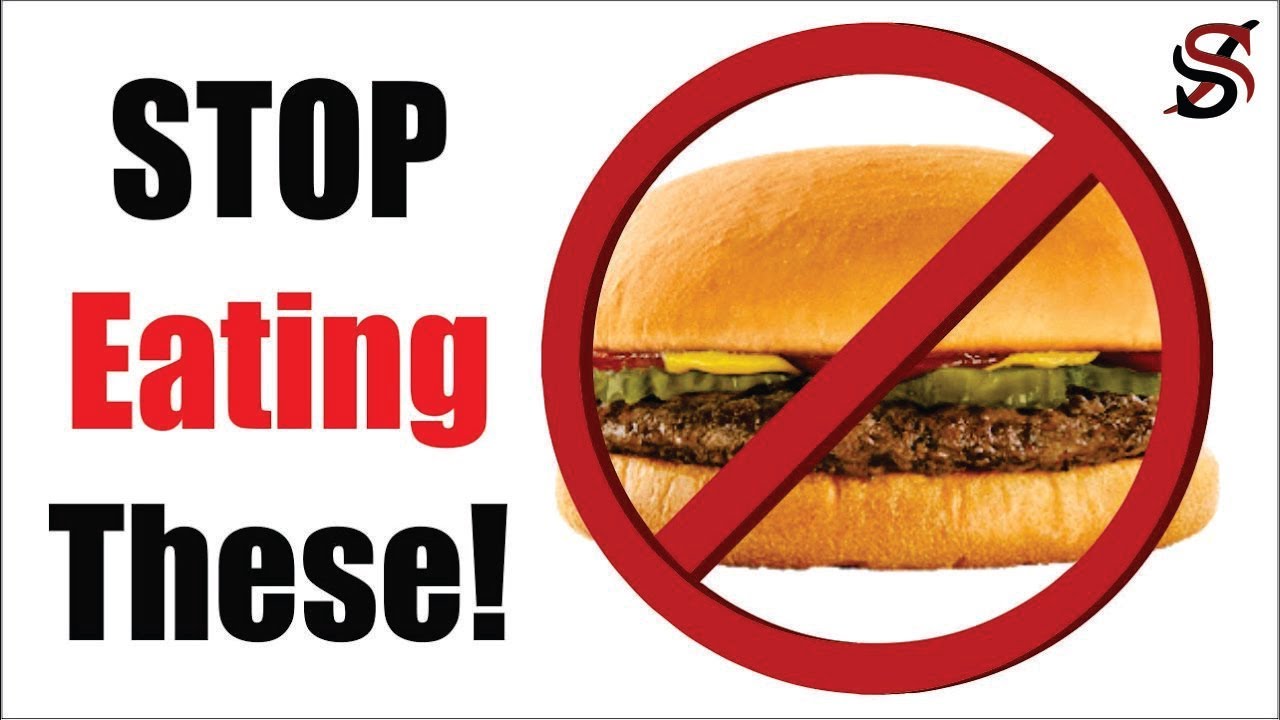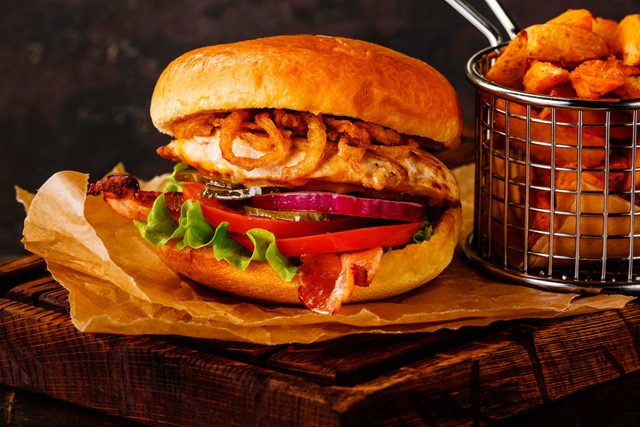
It is important to include at least three to five servings of fruits and vegetables in your daily diet during the first trimester. The best choices for green vegetables are broccoli, spinach and green peas. This is because spinach is high in folic acids, which is why it is so beneficial. Broccoli is good for the baby as it contains plenty of iron. Broccoli is safe for everyone, although it is not recommended by hypothyroid women. Also avoid tomatoes, sweet potato, avocado, red, green and yellow bell Peppers during the first trimester.
A healthy diet for the first trimester should contain plenty of whole grains and lentils. These foods will supply the nutrients your baby needs to grow and thrive. You should eat at least two portions of protein per day during the first three month. These can be eggs, poultry, fish and dairy products. If you're wondering which foods to avoid during this period, start with these.
The best way to make sure your diet is right for you and your baby is to visit a prenatal nutritionist. A nutritionist is able to help you select the best diet and advise you on how you can eat when you are pregnant. You can ensure a happy birth and healthy baby by following a healthy diet. A woman's first trimester can be exciting.

You should limit the intake of processed and fatty meats if you are a new mother. Raw meats and deli meats can be harmful to a developing baby, so always ensure they're cooked to a steaming hot state. Avoid shellfish, sushi, and sashimi. You should also avoid eating fish that contains high levels of mercury. You should also avoid raw eggs and oysters.
Fatty and oily fish are tempting, but they should be avoided. They could make your baby's stomach upset. This is a normal response to hormones. But you should consider your pregnancy stage before deciding what kind of food to feed your baby. The main thing is to eat healthy foods. Avoiding fatty meats and vegetables should be your main focus.
The first trimester is when your baby will grow the most. This is why you need to eat plenty of protein. If you're planning to have a baby, you should also consider taking a prenatal vitamin and eating plenty of iron-rich foods. Lean meats and fish are rich in iron, so you should eat them. Also, avoid fried foods or processed foods during your first trimester.
Be sure to inspect labels when choosing foods for the first trimester. Most meats can be eaten during the second trimester. However, you should steer clear of certain items. Listeria bacteria is found in a number of unpasteurized dairy products. This can lead to infection in the unborn child. Soft cheeses coated with white substances should be avoided.

Raw fish and shellfish should be avoided. They can be a source of food-borne infections. You should avoid raw shellfish because it could contain harmful bacteria. These foods must be cooked in order to kill harmful bacteria. Pasteurized dairy products are best for your baby. These products can be purchased in stores if they are not available. You should also ensure your baby is safe by choosing non-pasteurized foods.
Another important factor in the first trimester is your nutrition. In addition to eating a healthy diet, you should also avoid processed foods. The best source of protein are fresh fruits and veggies. Folates should be included in your diet. These foods contain folates that are necessary for the proper development and functioning of the baby's nervous systems. The U.S. Public Health Service recommends that pregnant ladies consume 400 micrograms of Folic Acid per day.
FAQ
How often should i exercise?
Fitness is key to a healthy lifestyle. However, there isn't a set amount of time you must spend working out. Find something you like and stay with it.
If you are working out three times a weeks, aim to do 20-30 minute of moderate intensity. Moderate intensity will mean that you'll continue to be exerting yourself afterward. This type works out burns around 300 calories.
For those who prefer to walk, you can go for 10-minute walks four times a week. Walking is low-impact, easy on your joints, and it's also very gentle.
Jogging for 15 minutes three days a week is a good option if you prefer to run. Running is a great exercise to build muscle tone and burn excess calories.
You can start slow if you're new to exercise. Begin by only doing 5 minutes of cardio five times per week. Gradually increase the amount of cardio you do until you reach your goal.
What is the difference among a virus or a bacterium and what are their differences?
A virus can be described as a microscopic organism that cannot reproduce in another cell. A bacterium (or single-celled organism) reproduces by splitting itself into two. Viruses have a very small size (about 20 nanometers), while bacteria is larger (up to one micron).
Viruses are spread via contact with infected bodily liquids such as urine, saliva, semen and vaginal secretions. Bacteria are often spread via direct contact with contaminated surfaces or objects.
Viruses may enter the body through cuts, scrapes. bites, or any other break in the skin. They may also enter through the nose, mouth, eyes, ears, vagina, rectum , or anus.
Bacteria may enter our bodies through cuts and scrapes on our skin, burns, insect bites, and other wounds. They can also be introduced to our bodies by food, water and soil.
Both bacteria and viruses cause illness. However, viruses cannot reproduce within their hosts. So they only cause illnesses when they infect living cells.
Bacteria may spread to other people and cause sickness. They can even invade other parts of the body. To kill them, we must use antibiotics.
These are 5 ways you can live a healthy and happy life.
A healthy lifestyle means eating right, being active, getting enough sleep, managing your stress levels, and having fun. Healthy eating means avoiding sugary and processed foods. Exercise is good for your body and muscles. Sleeping well improves concentration and memory. Managing stress reduces anxiety and depression. Fun keeps us vibrant and young.
Exercise: Good or bad for immunity?
Exercise is good exercise for your immune system. When you exercise, your body produces white blood cells which fight off infections. You also get rid of toxins from your body. Exercise is a great way to prevent heart disease, cancer, and other diseases. Exercise can help reduce stress.
However, exercising too much can weaken your immune system. You can cause muscle soreness by working out too hard. This can lead to inflammation and swelling. Your body then has to produce more antibodies to fight off infection. These extra antibodies can lead to allergies or autoimmune disorders.
So, don't overdo it!
What should I be eating?
Eat lots of fruits and vegetables. They are rich in vitamins that can strengthen your immune system. They are also rich in fiber, which is good for digestion and makes fruits and vegetables filling. Try to include at least five servings of fruit and veg per day.
You should also drink lots of water. Water flushes toxins from your body and helps you feel full between meals. Drink about eight glasses each day.
Choose whole grains over refined grains. Whole grains have all the nutrients they need, including B vitamins. Refined grains lack some nutrition.
Avoid sugary beverages. Sugary drinks are high in empty calories and can lead to obesity. Instead, choose water, milk, and unsweetened tea.
Avoid fast food. Fast food has very low nutritional value. Although it may taste delicious, fast food won't provide you with the energy you need for your daily activities. Use healthier options, such as soups, sandwiches, salads, and pasta.
Reduce your alcohol intake. Avoid alcohol as it can cause empty calories and poor nutrition. Limit the number of alcoholic beverages you consume per week to no more that two.
Try to cut down on red meat. Red meats contain high amounts of saturated fats and cholesterol. Opt for lean cuts of beef, pork, lamb, chicken, fish, and turkey instead.
Do I need calories to count?
You may be wondering "what is the best diet for you?" or "is counting calories necessary?" It depends on many factors such as your current health, personal goals, preferences, and overall lifestyle.
The Best Diet For Me: Which One Is Right?
My personal health, goals and preferences as well as my lifestyle determine which diet is best for me. There are many good and bad diets. Some diets work well for some people and others do not. What should I do then? What can I do to make the right decision?
These questions are addressed in this article. It begins with an overview of the different diets today. Next, we'll discuss the pros and cons for each type of diet. The final step is to determine which one is right for you.
Let's first take a look at different diets.
Diet Types
There are three main types of diets: low fat, high protein, and ketogenic. Let's look at each one briefly.
Low Fat Diets
A low fat diet is a diet that restricts the amount of fats consumed. This is achieved by reducing saturated fats like butter, cream cheese, and other dairy products. It is possible to replace these saturated fats with unsaturated ones (olive oil or avocados). A low fat diet is often recommended for those who want to lose weight quickly and easily. This diet can cause problems such constipation as heartburn, indigestion, and even stomach pain. Vitamin deficiencies can also occur if the person doesn't get enough vitamins through their diet.
High Protein Diets
High protein diets are known to restrict carbohydrate intake and promote the consumption of proteins. These diets typically have more protein than other diets. They are meant to help build muscle mass and burn more calories. Unfortunately, they can't provide adequate nutrition for those who eat regularly. They are not suitable for all people because they can be restrictive.
Ketogenic Diets
Also known as keto diets, ketogenic diets are also called keto diets. They are high in fat and moderate in protein and carbs. These are often used by bodybuilders and athletes because they allow them the ability to train harder and for longer periods of time without feeling tired. However, they must be used with caution to avoid nausea, headaches and fatigue.
Statistics
- WHO recommends consuming less than 5% of total energy intake for additional health benefits. (who.int)
- According to the 2020 Dietary Guidelines for Americans, a balanced diet high in fruits and vegetables, lean protein, low-fat dairy and whole grains is needed for optimal energy. (mayoclinichealthsystem.org)
- Extra virgin olive oil may benefit heart health, as people who consume it have a lower risk for dying from heart attacks and strokes according to some evidence (57Trusted Source (healthline.com)
- WHO recommends reducing saturated fats to less than 10% of total energy intake; reducing trans-fats to less than 1% of total energy intake; and replacing both saturated fats and trans-fats to unsaturated fats. (who.int)
External Links
How To
What does the term "vitamins" mean?
Vitamins are organic substances found naturally in food. Vitamins aid us in absorbing nutrients from the food we eat. Vitamins cannot be made by the body; they must be taken from food.
Two types of vitamins exist: water-soluble vitamin and fat-soluble vitamin. Water-soluble vitamins dissolve quickly in water. You can find vitamin C,B1 or thiamine, B2 or riboflavin and B3 or niacin, B3/niacin, B6/pyridoxine, folic Acid, biotin and pantothenic Acid as examples. The liver and fat soluble vitamins are stored within the liver and in fatty tissue. Vitamin D, E, K and A are some examples.
Vitamins can be classified by their biological activity. There are eight major categories of vitamins.
-
A - vital for healthy growth.
-
C – essential for proper nerve function.
-
D - Essential for healthy teeth and bones.
-
E - needed for good vision and reproduction.
-
K - Required for healthy nerves and muscles.
-
P - essential for strong bones, teeth and tendons
-
Q - aids digestion and absorption of iron.
-
R - Required for red blood cell production
The recommended daily allowance (RDA), for vitamins, varies depending upon age, gender, or physical condition. RDA values are set by the U.S. Food and Drug Administration (FDA).
For adults 19 years and over, the RDA of vitamin A is 400mg per day. Because it is essential for the development of the fetus, pregnant women should consume 600 micrograms per daily. Children ages 1-8 require 900 micrograms per day. Infants below one year old require 700mg per day. But, between 9 months to 12 months, the amount drops to 500mg per day.
Children aged 1-18 years need 800 micrograms daily, while children overweight require 1000 micrograms per days. Children who are severely obese or underweight will need 1200 micrograms each day.
2200 mg of vitamin A per day is required for children aged 4-8 who have been diagnosed by anemia.
2000 micrograms per person is necessary for general health. Mothers who are pregnant, nursing, or have a high nutrient need will require 3000 micrograms a day.
1500 micrograms is the recommended daily intake for adults aged 70+, who lose approximately 10% of muscle each year.
Women who have been pregnant or are lactating require more than the RDA. Pregnant and breastfeeding women require 4000 micrograms each day during pregnancy and 2500 Micrograms each day after delivery. Breastfeeding moms need 5000 micrograms each day when breastmilk production occurs.